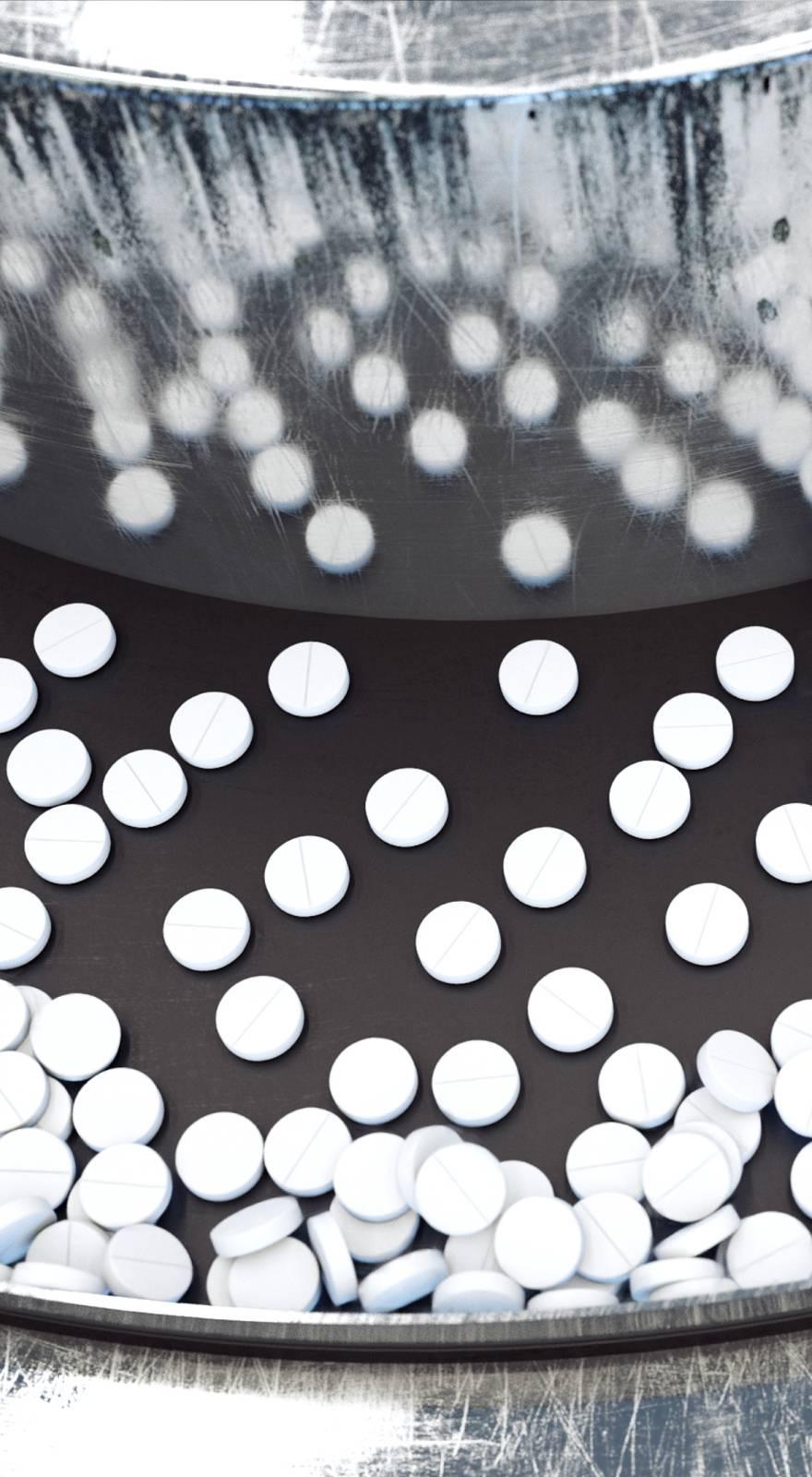Knowde Enhanced TDS
Identification & Functionality
- Chemical Family
- Polymer Name
- Technologies
- Product Families
Features & Benefits
- Materials Features
- Features & Benefits
CRI-SIL P-RTV45 Mold Making (Platinum Catalyzed)
Platinum cure (addition) silicones are extremely pure and can produce very accurate molds that last indefinitely. Among many other things, they can be used for medical and theatrical prosthetics, medical equipment, cookware, candy molds, and baby bottle nipples. Addition cure two-component silicone rubbers offer superior heat resistance and virtually no shrinkage during cure. Although the CRI-SIL P-RTV45 rubber can be inhibited by tin, sulfur or amines, it can be cured in total confinement, and the cure rate can be dramatically accelerated with heat.
Additional Benefits - Platinum vs. Tin cure
CRI-SIL P-RTV45 Series Silicone is preferred because on curing, it has minimal shrink and does not produce alcohol that is normally associated with tin-catalyzed silicones. Alcohol can inhibit urethane castings. Another added benefit of platinum is that unlike Tin cure (condensation) silicones which are commonly used as a mold making material for art and industry, Tin Cure is not normally approved for long term contact with the skin, or for cookware or other food contact.
Applications & Uses
- Applications
- Cure Method
- Plastics & Elastomers End Uses
- Applications
Deaeration
Air entrapped during mixing should be removed to eliminate voids in the cured product. Expose the mixed material to a vacuum of about 29 in. of mercury. The material will expand, crest, and recede to about the original level as the bubbles break. Degassing is usually complete about two minutes after frothing ceases.
Food Molding
Ice, chocolate, other candy and specialty foods can be cast or molded into specialty decorative shapes by using silicone rubber mold making materials.
Product Usage Compatibility
Pattern Characteristics
Simple, No undercuts X Complex, some undercuts O Complex, deep undercuts O Vertical surfaces Compatibility with casting materials
Polyesters O Polyurethane, Rigid X Polyurethane, Foam X Epoxies O Low melt metals O Wax O X=Recommended ,O= Can be used
Properties
- Typical Properties
- Product Highlights
They are suitable for use with stone, glass, wood, metal, wax, ceramic, plaster and clay, low melt metals, and more. From small projects to large scale architectural applications, two-part, platinum cured materials offer easy preparation and durable molds. Moldmaking materials are mixed in a 10:1 ratio and offer approximately 2 hours of work life. These materials offer very little shrinkage with good tear strength and are suitable for molding with some undercuts.
These are preferred over tin cured (condensation) due to the fact that they do not produce alcohol during the cure process. Alcohol can inhibit cure with castings made with urethane. Another added benefit of platinum is that unlike tin cure silicones, which are commonly used as a mold making material for art and industry, tin is not normally approved for long term contact with the skin, cookware, or other food contact.
| Value | Units | Test Method / Conditions | |
| Product Base | CRI-SIL P-RTV45A | — | — |
| Viscosity | 5000.0 | cps | — |
| Specific Gravity | 1.02 | — | — |
| Catalyst | CRI-SIL P-RTV45B | — | — |
| Viscosity (Catalyst) | 1000.0 | cps | — |
| Specific Gravity (Catalyst) | 1.01 | — | — |
| Mix Ratio (wt:wt) | 10:1 | — | — |
| Viscosity (Catalyzed) | 4000.0 | cps | — |
| Worklife (Catalyzed) | 2.0 | hours | — |
| Potlife (Catalyzed) | 3.0 | hours | — |
| Demold Time (Catalyzed) | 18 - 24 | hours | — |
| Shore A (Catalyzed, 36 hours) | 45.0 | — | — |
| Tensile (Catalyzed) | 890.0 | psi | — |
| Elongation (Catalyzed) | 160.0 | % | — |
| Service Temperature (Catalyzed) | -60 to 200 | °C | — |
| Linear Shrinkage (Catalyzed) | max. 0.2 | % | — |
Regulatory & Compliance
- Regulatory & Compliance
These rubbers, when properly cured and cleansed, are acceptable for food contact in accordance with the requirements of FDA Regulation 21 CFR 177.2600, subject to enduser compliance with any applicable total extractives limitations. This regulation covers rubber articles intended for repeated use. This FDA regulation is valid for the US only; local regulatory requirements should be taken into consideration for Europe and Asia.
Packaging & Availability
- Availability
Available in 1 to 55 gallon kits.
Storage & Handling
- Shelf Life
- 12.0

